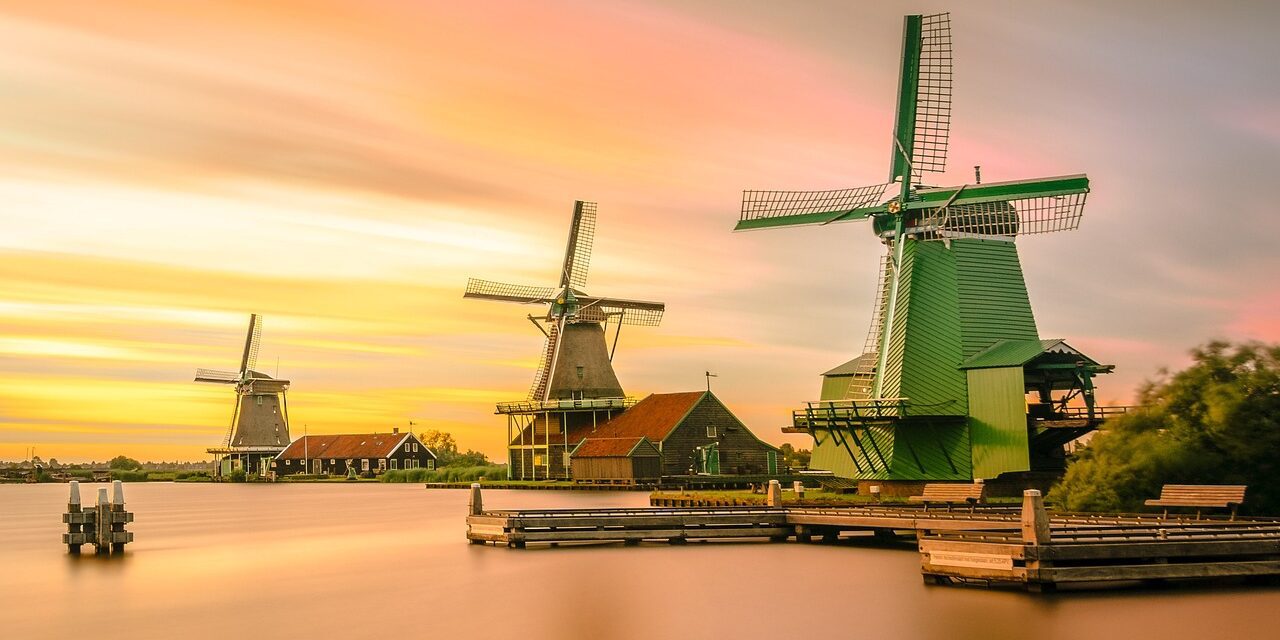Introduction to Power of the Wind
Power of the Wind The world is undergoing a dramatic shift towards more sustainable and renewable sources of energy, and one of the frontrunners in this transition is wind energy. Harnessing the power of the wind to generate electricity has gained momentum over the last few decades, and its popularity continues to soar. In this blog post, we will explore the numerous benefits of wind energy and why it is becoming an integral part of the global effort to combat climate change.
Power of the Wind
-
Clean and Renewable
Wind energy is a clean and renewable source of power. Unlike fossil fuels, which emit greenhouse gases and contribute to climate change, wind energy generates electricity without any harmful emissions. It relies on the natural movement of air, making it an inexhaustible resource. As long as the wind blows, we can generate electricity, making it an ideal solution for a sustainable energy future.
-
Reduced Carbon Footprint
Reducing the carbon footprint is one of the primary objectives of transitioning to renewable energy sources. Wind energy plays a crucial role in achieving this goal. By generating electricity without burning fossil fuels, wind turbines help cut down on carbon dioxide emissions and other pollutants, mitigating the impact of climate change and air pollution.
-
Energy Independence
Relying on wind energy can also enhance a nation’s energy independence. Unlike fossil fuels, which often need to be imported, wind energy is locally generated. This reduces a country’s dependence on foreign energy sources, thereby enhancing energy security and stability.
-
Job Creation
The wind energy sector has the potential to create jobs and stimulate local economies. Installing, maintaining, and operating wind turbines require skilled and unskilled labor, offering employment opportunities in both rural and urban areas. Additionally, wind energy projects attract investments, which can further bolster local economies.
Power of the Wind
-
Low Operating Costs
Wind energy is cost-effective in the long run. While the initial setup costs for wind turbines can be substantial, their operating costs are relatively low. Wind is a free and abundant resource, and once the infrastructure is in place, ongoing expenses are minimal. This cost-effectiveness makes wind energy an attractive option for governments, businesses, and consumers alike.
-
Technological Advancements
Advancements in wind turbine technology have made them more efficient and reliable. Modern turbines are designed to capture more energy from the wind and operate at lower wind speeds. Additionally, innovations in energy storage and grid integration ensure a consistent supply of electricity even when the wind isn’t blowing.
-
Scalability
Wind energy is highly scalable, making it suitable for a wide range of applications. From small residential turbines to massive offshore wind farms, the versatility of wind energy allows it to meet diverse energy needs. This scalability makes it an adaptable solution for both urban and remote areas.
-
Sustainable Development
The development of wind energy projects often goes hand in hand with sustainable practices. Wind farms can coexist with agricultural activities, promote biodiversity, and support the conservation of natural landscapes. These projects contribute to sustainable development by minimizing negative environmental impacts.
Conclusion of Power of the Wind
Wind energy offers a promising solution to our global energy needs while reducing the harmful environmental impacts of traditional energy sources. As the world continues to tackle the challenges of climate change and energy security, the harnessing of wind power will play a pivotal role in our journey towards a more sustainable and greener future. It is a testament to human innovation and our capacity to work in harmony with nature, providing clean, renewable energy for generations to come.





